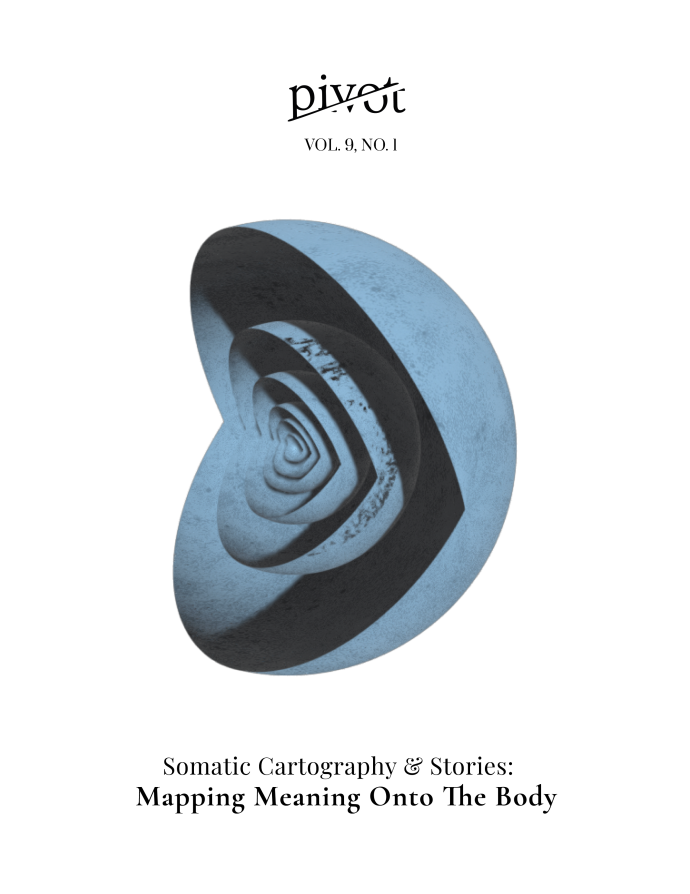“It’s all to do with the breath”: (Un)Sound in M. NourbeSe Philip’s “The Ga(s)p” and Zong!
DOI:
https://doi.org/10.25071/2369-7326.40324Abstract
Abstract
Diving into the politics of radical hospitality, the acceptance of alterity, and the erasure of black women’s bodies in “The Ga(s)p” (2018), m. NourbeSe Philip demonstrates reciprocal breath as a thread of connection that is central to human existence. Throughout this essay, Philip counters prominent, male-centric theories on receptive bodies through the emphasis on the ubiquity of contingent respiration. Philip contends that this “process of shared breath … and dependency becomes useful as a model of community and connectedness in a more female-centred, embodied symbolic universe” (36). Philip enacts this theory on the page in her book-length poem Zong! (2008).
Using the court report of Gregson v. Gilbert as a source text, Zong! grapples with the November 1781 massacre of 150 Africans aboard the slave ship Zong on its passage from Ghana to England. Zong! is an erasure poem of 173 pages with movements that Philip describes as “the bones” and “the flesh.” The linguistic material of the poem and its arrangement reflect corporeality and respiration; the textual fragments are physically separated on the page—leaving room for breath. The body and breath of Zong! extends beyond the page to performance. In theory and praxis, Philip uses challenging linguistic material and arrangement to inscribe the body on the page; consequently, she causes the reader to interrogate their positionality and their relationship to the body, to language, and to performance.
Keywords:
erasure, erasure poetry, body, performance, breath, respiration, reciprocity, positionality

